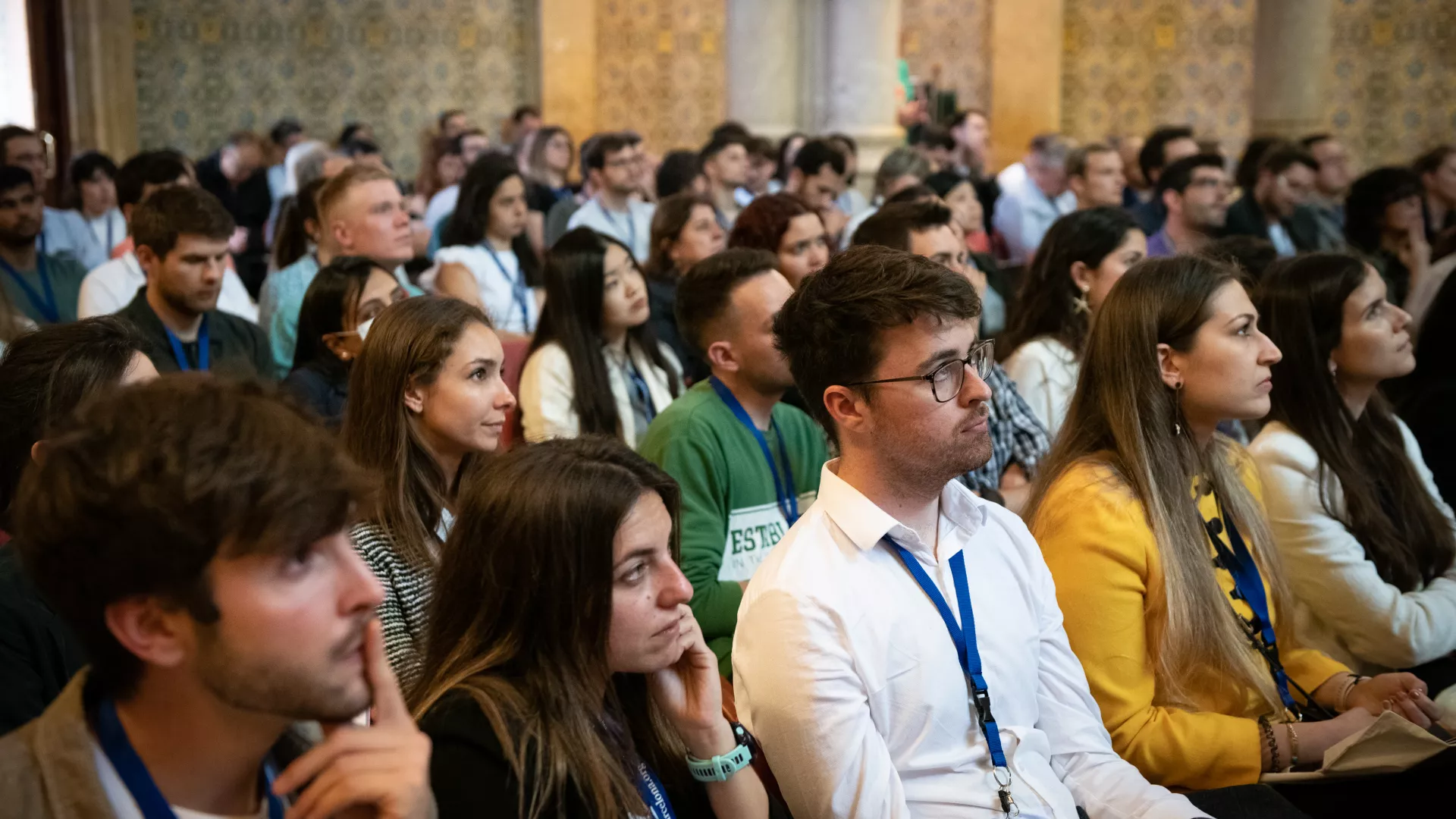Speaker: Marta Ibañes Miguez, Ph.D. Condensed Matter Physics department, Associate Professor, University of Barcelona.
Presentation
Organizers: IRB Barcelona
Date: Wednesday, 11 July, 15:00h
Place: Aula Fèlix Serratosa, Parc Científic de Barcelona
Host: Marco Milán, IRB Barcelona
Abstract
In this talk I will present our recent results on the cessation of cell elongation in the primary root of Arabidopsis thaliana [1]. The primary root grows thanks to the division of meristematic cells at the root tip and their subsequent cell elongation up to terminal differentiation. Many efforts have been addressed to understand the transition to cell elongation in roots, while the cessation of cell elongation remains less understood. To shed light on this termination process, we used a quantitative approach that involves mathematical and computational modelling together with single root and single cell length measurements. Our approach evaluated three different plausible mechanisms for cell elongation termination: whether it is dictated by the spatial location cells have within the root (Ruler model), the time cells have spent elongating (Timer model) or the length cells have reached (Sizer model). By comparing the predictions of the models with the quantitative measurements in living roots, we suggest that the cell length dictates termination of cell elongation in the primary root of Arabidopsis. In addition, our results suggest that signaling from the plant steroid hormone Brassinosteroids, through the BRI1 receptor, participates in this mechanism. In the talk, I will emphasize the relevance that the interplay between modelling and quantitative biological data had on our study.
[1] "A Sizer model for cell differentiation in Arabidopsis thaliana root growth." Pavelescu I, Vilarrasa-Blasi J, Planas-Riverola A,González-García MP, Caño-Delgado AI, Ibañes M. Mol Sys Biol. 2018;14(1):e7687
Cell and Developmental Biology Programme Seminar

